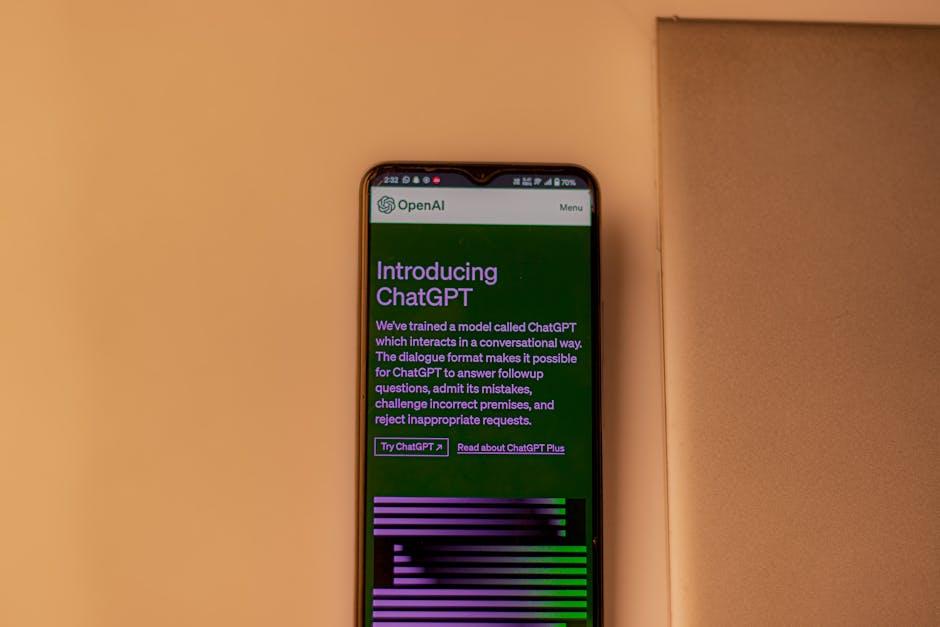What is ChatGPT? Everything you need to know about the AI chatbot
In the world of artificial intelligence, chatbots are becoming increasingly popular with their ability to simulate conversations and interact with users. One such chatbot that has gained widespread attention is ChatGPT. Developed by OpenAI, ChatGPT is an advanced language model designed to engage in interactive conversations with users.
ChatGPT builds upon its predecessor, GPT-3, which stands for Generative Pre-trained Transformer 3. GPT-3 is a natural language processing model that has been trained on a vast dataset comprising billions of words from the internet. ChatGPT’s design combines the power of GPT-3’s language generation with additional fine-tuning techniques to enhance its conversational abilities.
The goal of ChatGPT is to provide a chatbot that can understand and generate human-like text in response to users’ prompts. This makes it a valuable tool in a wide range of applications, from virtual assistants and customer support services to educational platforms and creative writing aids.
One of the remarkable aspects of ChatGPT is its versatility. It can handle a variety of conversational styles, from formal and informative to casual and even humorous. Users can interact with ChatGPT by inputting their prompts and receiving text responses in return. These prompts can be just a few words or an entire paragraph, enabling users to have dynamic conversations with the chatbot.
OpenAI has taken several precautions to ensure that ChatGPT is a useful and safe tool. It incorporates a moderation system that filters out inappropriate content or responses that violate OpenAI’s usage policies. This helps in preventing the spread of misinformation, hate speech, or any other harmful content.
Moreover, OpenAI has also learned from the lessons of GPT-3’s release and made efforts to minimize biases and improve the contextual understanding of ChatGPT. However, it is important to note that ChatGPT is not immune to errors or misunderstandings. It can still produce responses that may seem plausible but are factually incorrect or biased. OpenAI encourages users to provide feedback on problematic outputs to help them refine and improve the model over time.
To make ChatGPT more accessible and refined for user needs, OpenAI has adopted an approach of continuous deployment. Initially, ChatGPT was launched in a research preview mode, which allowed OpenAI to gather user feedback and fine-tune the system. Based on user insights, OpenAI made important updates and enhancements to address limitations and improve the overall performance of ChatGPT.
OpenAI has also introduced a subscription plan called ChatGPT Plus, which offers benefits like faster response times and priority access to new features and improvements. The subscription plan comes with a monthly fee and aims to support the continued availability of free access to ChatGPT.
The introduction of ChatGPT has sparked interest and excitement among users around the world. Its interactive and conversational abilities have made it a powerful tool for various domains, from assisting developers and content creators to providing engaging conversations for individuals. While it has its limitations, ChatGPT is representative of the advances made in artificial intelligence and the potential for broader adoption of chatbot technology in the future.
As OpenAI continues to iterate on ChatGPT, improvements in usability, safety, and performance can be expected. The development of such advanced language models demonstrates the incredible progress in AI research and paves the way for more sophisticated AI-powered applications in the future. ChatGPT showcases the potential of AI chatbots in enhancing user experiences and opening up exciting possibilities across various industries.
Hey Subscribe to our newsletter for more articles like this directly to your email.
